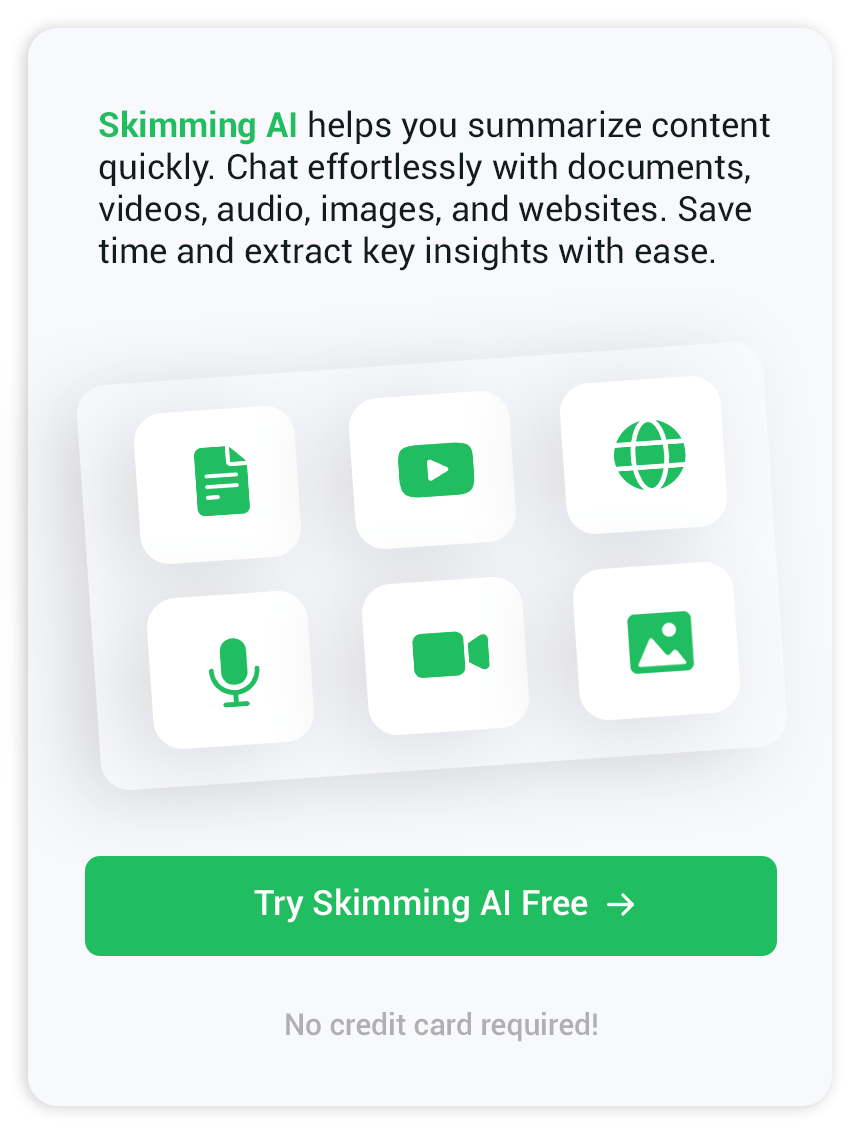Get a Transcript of a Video: Practical Guide for Creators, Teams, and Learners
Why Transcripts Matter for Every Video
Captions and transcripts extend a video’s reach far beyond the play button. They boost search visibility, allow multitasking viewers to skim at work, and meet accessibility standards that many platforms now require. A clear, well-formatted transcript also opens the door to quick repurposing: blog posts, social snippets, newsletters, and training materials all flow from the exact text VimeoWistia.
Core Methods to Convert Video to Text
Manual Transcription
Opening a media player in one window and a text editor in the other is the longstanding approach. It costs nothing but time; expect four to six minutes of typing for every recorded minute. Professionals rely on pedal-controlled play-pause shortcuts and templates with speaker labels to keep rhythm.
Built-in Platform Tools (YouTube, Vimeo, Google Drive)
- YouTube: Upload the clip or keep it unlisted. After auto-captions finish, click the three-dot menu under Subtitles and download the .sbv or .srt file.
- Vimeo: Owners can enable “Captions and Subtitles,” then export a WebVTT transcript.
- Google Drive: Workspace users now see an optional Transcript pane beside their video; copy the text or save a .txt file. The VergePodcastle.
Automatic AI Tools
Speech-to-text services upload an .mp4 or paste a link, then return a draft in seconds. Flagship names include Descript, Riverside, and HappyScribe. Many tools allow you to edit, identify speakers, and export subtitles or plain text.
Professional Human Services
When pristine accuracy matters—legal depositions, medical lectures, branded webinars—human editors still lead. Services such as Rev or regional studios promise near-perfect text within twenty-four hours, priced per audio minute, Espresso Translations US.
Choosing the Right Tool for Your Needs
Accuracy, turnaround, security, and budget form the decision square. Auto tools win on speed, manual wins on privacy, and pro services balance both by layering human review over machine output. For internal training or social clips, an AI video transcript generator often meets the mark; for compliance content, aim higher.
Step-by-Step Workflow Using Free Options
- Copy the URL of a public or unlisted video.
- Paste into the YouTube summarizer from Skimming AI and click generate; the tool fetches captions and displays the full transcript plus a concise summary—handy for quick content briefs.
- Clean up punctuation while watching playback. Adjust speaker tags and insert paragraph breaks at natural pauses.
- Export as .txt, .docx, or .srt depending on whether you need text for repurposing, subtitles, or both.
How to Polish and Format Your Transcript
- Speaker labels: Identify each voice at the start of a new line.
- Timestamps: Add at least every thirty seconds so editors can jump right in.
- Punctuation and filler words: Remove “um,” “like,” and repeated phrases unless accuracy of speech patterns matters.
- Accessibility checks: Describe meaningful sounds (laughter, applause) in brackets to assist screen-reader users.
Beyond Plain Text: Repurposing Transcripts
- SEO articles: Break the transcript into section headings and embed screenshots for a post that ranks for both video and written queries.
- Social snippets: Pull quotable lines as short-form captions.
- Slide decks: Turn key statements into bullet points for training.
- Multilingual captions: Feed the text into a translation engine, then reimport as subtitles for global viewers.
Final Thoughts: Start Transcribing Today
Whether you type every word yourself, lean on a video transcript generator, or call in seasoned editors, you now hold the roadmap. Pick a workflow, run a short test clip, and see how quickly your content vault expands.


